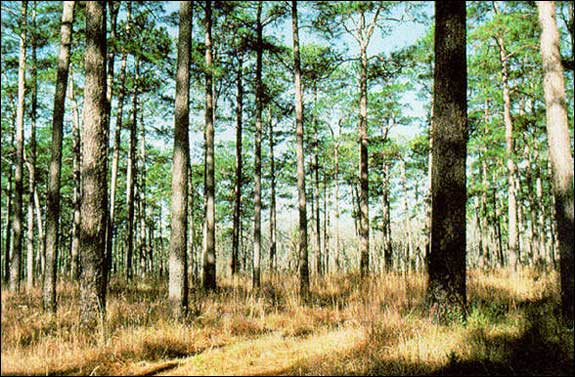Habitat: Loss of Longleaf Pines in Texas
This is Passport to Texas
While we’re familiar with native loblolly pines, the longleaf pine – another native – has struggled for a century.
07— It’s a very, very desirable timber tree. Consequently, by the turn of the last century, it was almost all timbered.
Davis Riskind is director of the natural resource program for state parks.
33—So, there’s very little old growth longleaf pine; it grows on dry upland sites, sandy soils. Or, some of these sites can be very, very wet – they vary from wet to dry. And only longleaf pine is an adapted native species. Of course, what’s happened is, most of the pine has been timbered and has been replaced by exotic species. Slash pine, for example, or even loblolly pine, which used to grow mostly in bottomlands in wet sites. But now it’s a very common fast growing timber tree. So, essentially the habitat has been lost.
Riskind says more than just the trees have been lost.
10—Well, essentially all the wildflowers [associated with that habitat have been lost], a lot of bog plants; orchids, pitcher plants and things like that. And it’s a very open stand, and it usually has a lot of grasses and quite a few of our rare species.
Tomorrow, David Riskind returns to talk about an effort to reforest longleaf pines in an east Texas state park.
For Texas Parks and Wildlife…I’m Cecilia Nasti.



 Passport to Texas is a
Passport to Texas is a  Passport to Texas is made available by:
Passport to Texas is made available by: